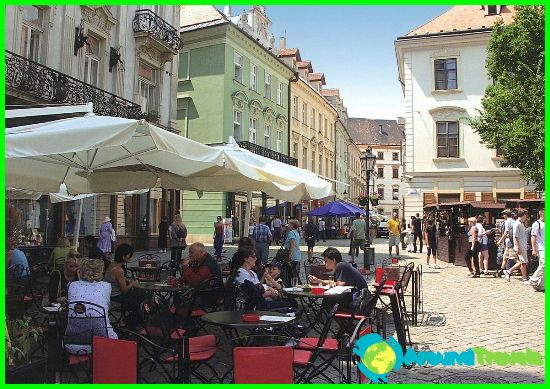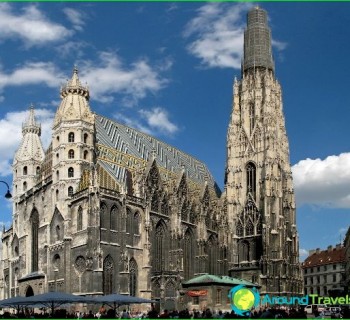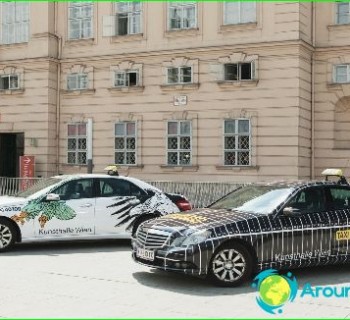Coat of arms of Vienna

The beautiful Austrian capital, which hospitably welcomes guests, meanwhile, has the main heraldic symbol of a rather frightening look. The coat of arms of Vienna consists of two important elements, each of which has its own role and meaning.
Variants and Description
The residents of the capital are proud that their coat of arms can be presented in two versions, large and small. Few states on the planet can boast of having options, let alone capitals. The Great Vienna coat of arms has the following elements: a shield in a central position; black eagle.
The shield has a simple shape and classic colors that go well with each other. At the same time, the field of the shield is red, corresponding in the heraldic tradition to scarlet. This field shows a silver cross with a black outline.
Historians are sure that the cross is one of the oldest Austrian symbols; it appeared in the 13th century, but not on coats of arms or seals, but on coins. Color photos of the modern coat of arms and antique illustrations from 1327 indicate the identity of the colors on the shield.
Feathered Defender
The small coat of arms of the Austrian capital is the image of the shield; a single-headed eagle appears on the large coat of arms. The bird is made in black, with a golden beak and paws. Her wings are wide open, the shield is on her chest. The general appearance of the bird is rather formidable, which symbolically conveys power, fearlessness.
Unlike the cross, which first appeared on the coins, and only later took its place on the coat of arms of Vienna, the eagle from the very beginning settled on the main heraldic symbol. It is associated with the Babenbergs, the first princely dynasty in Austria, during its reign from 976 to 1246.
It was the representatives of this family that brought Austria into the ranks of the most powerful states in the Holy Roman Empire. The peak of the heyday of the Austrian state is associated with the name of Leopold VI. During his reign, urban areas were developed at a rapid pace, trade and mining developed. The Duke's own courtyard became one of the most famous cultural centers in southern Germany..
Emperor Frederick II, who replaced Leopold, was drawn into wars with close neighbors, it came to the point that at one time he even had to hide from the conquerors. He ended his life as a hero during the war with the Hungarians. The male line of the Babenbergs faded away, the Habsburg dynasty came to the fore. However, the eagle remained on the coat of arms of Vienna, and with it the memory of the brightest periods of Austrian history.


